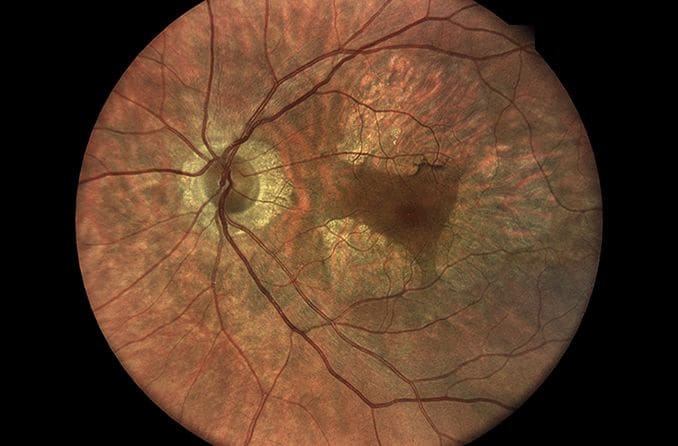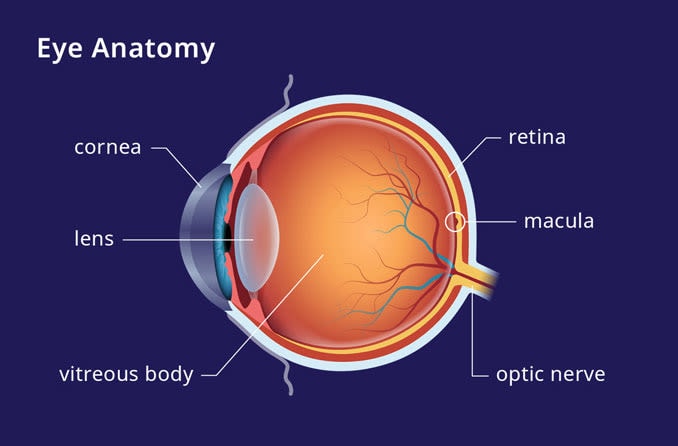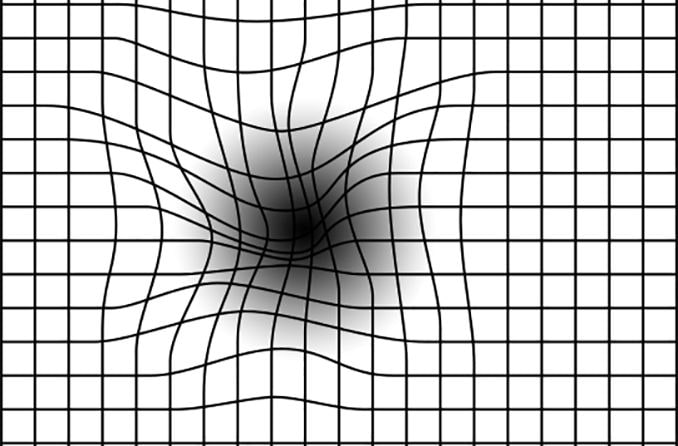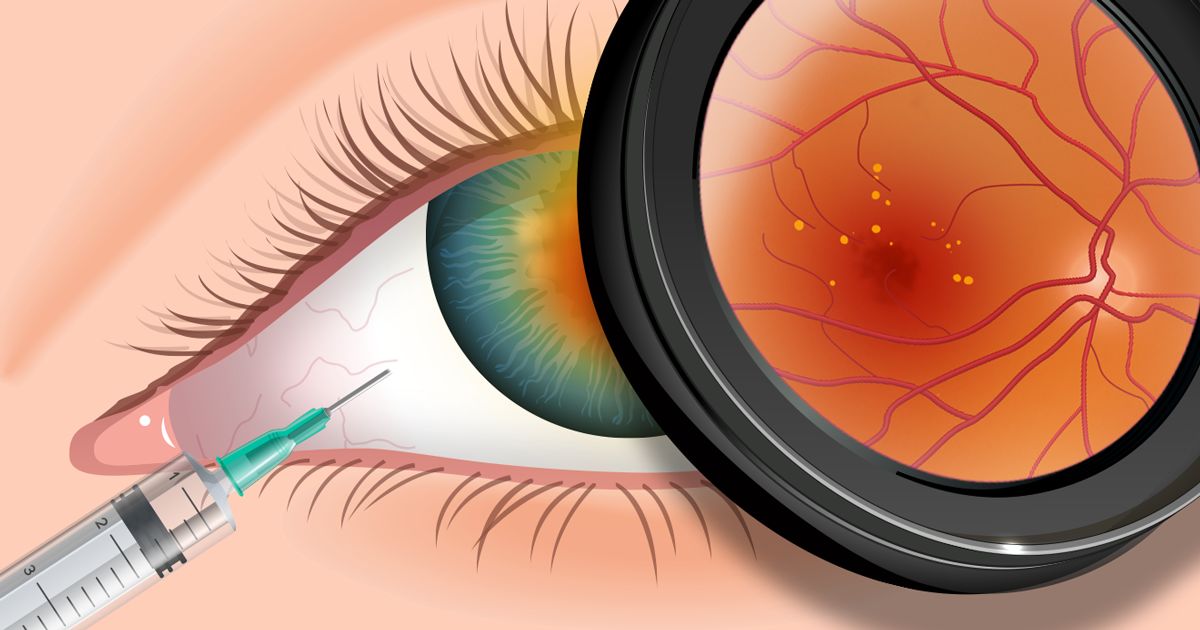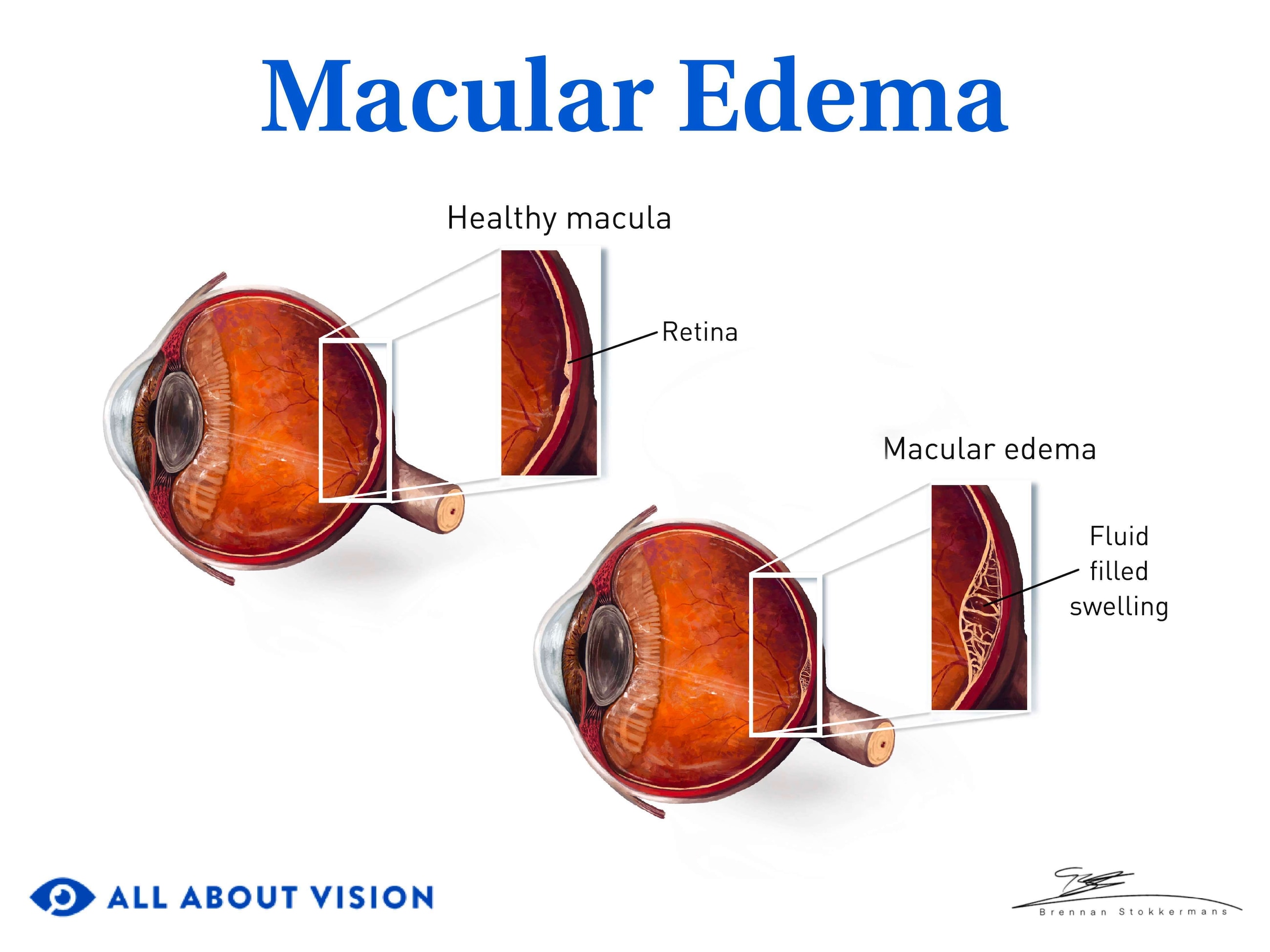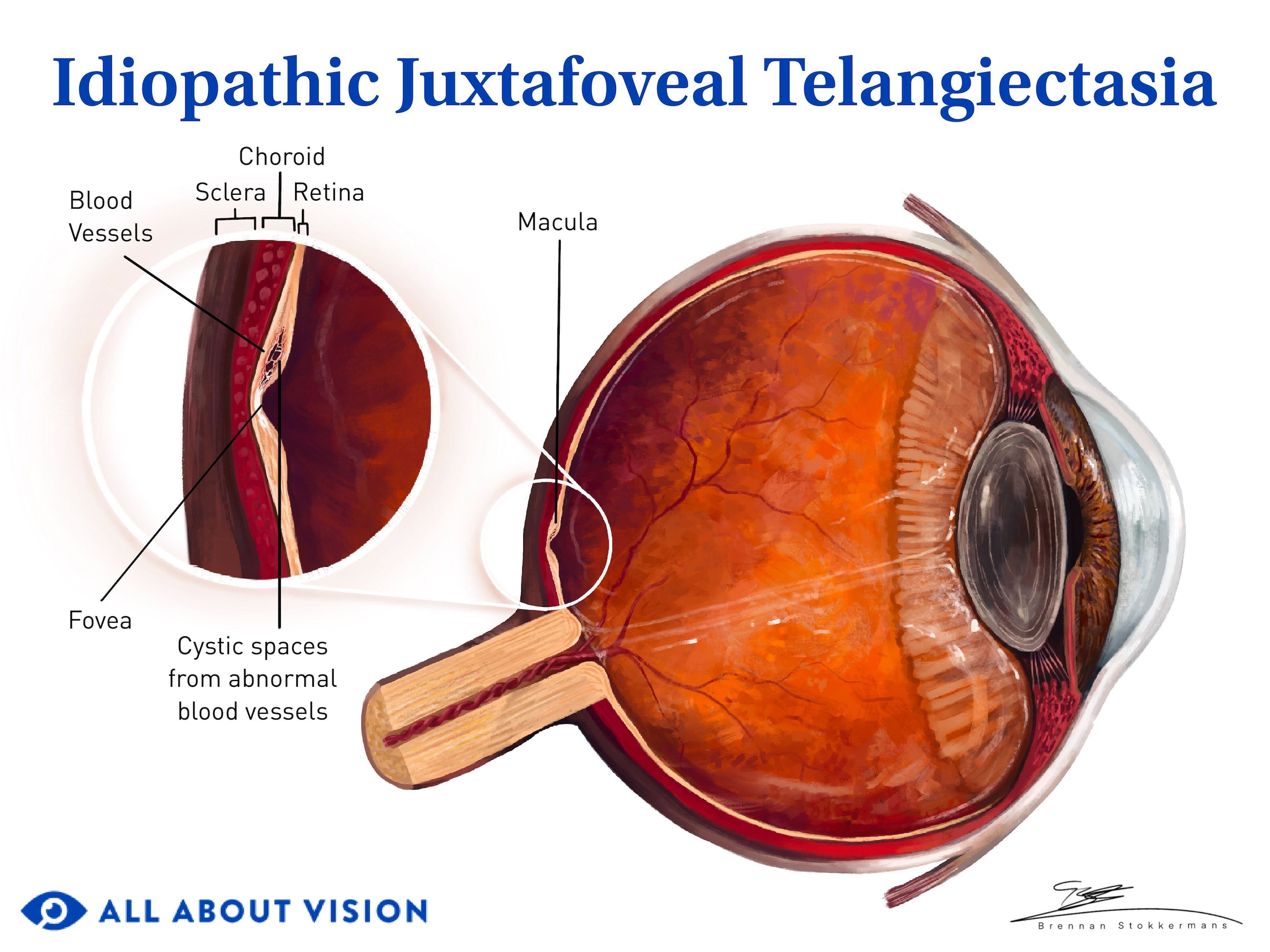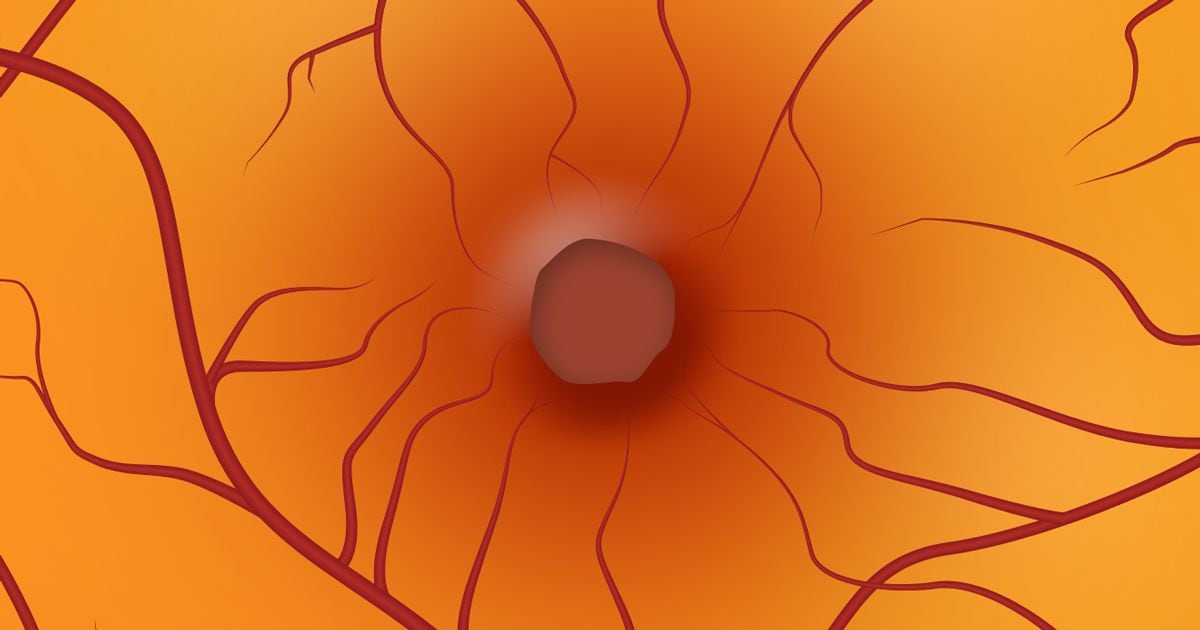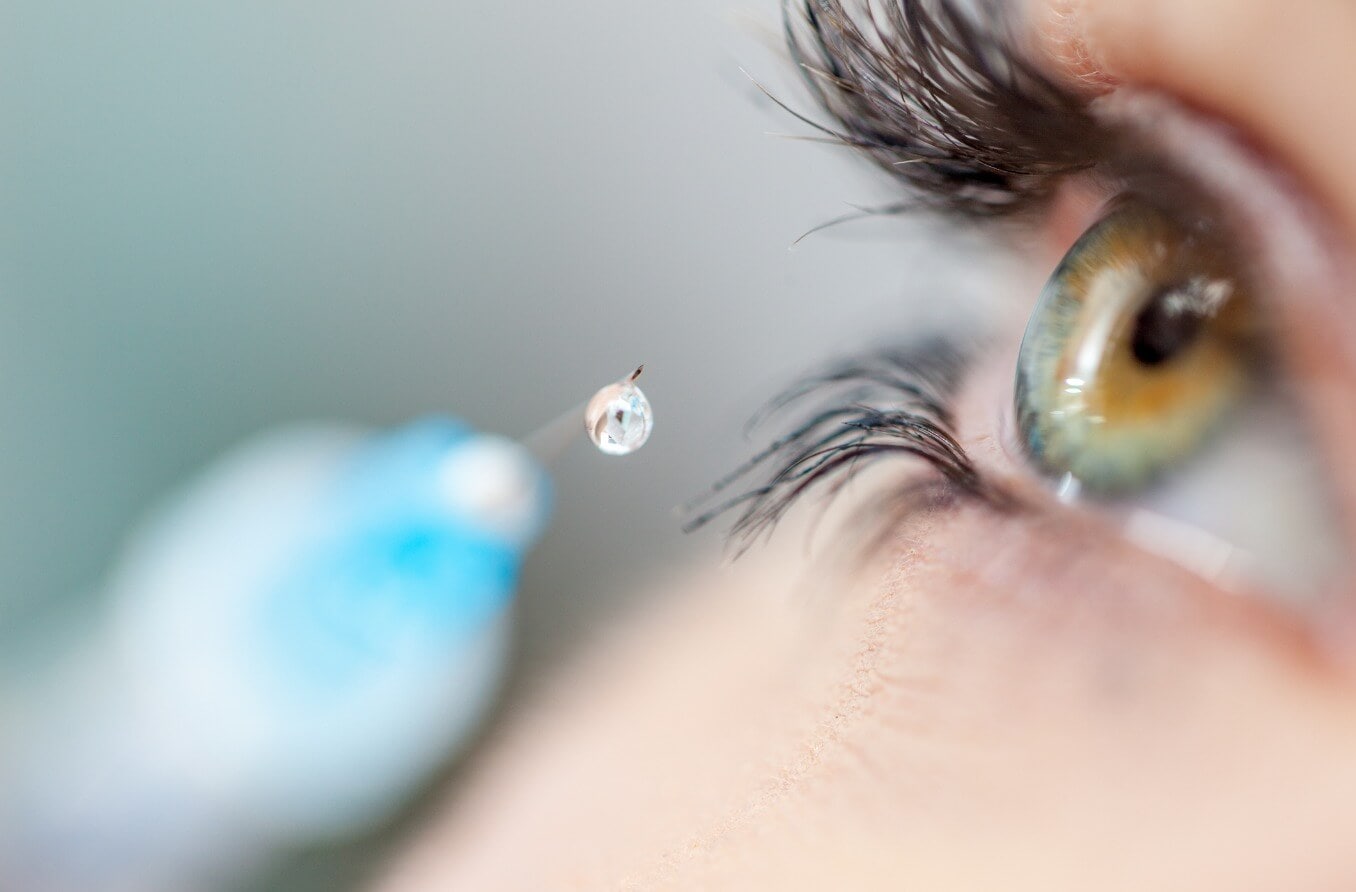Macular dystrophy is a relatively rare eye condition. Linked to inherited genetic mutations, macular dystrophy causes deterioration of the most sensitive part of the central retina (macula), which has the highest concentration of light-sensitive cells (photoreceptors).
As the name implies, the macula of the retina is affected in macular dystrophy. The macula is the central area of the retina that contains photoreceptors responsible for central vision and color perception. When the macula is damaged or scarred due to macular dystrophy, your central vision is affected — and this can lead to blindness in some cases.
What Causes Macular Dystrophy?
Macular dystrophy differs from a far more common eye disease known as macular degeneration, often caused by age-related deterioration of the retina and macula.
While aging or risk factors such as smoking cause common forms of macular degeneration, macular dystrophy is linked to genetic mutations that — for no apparent reason — trigger degradation of retinal cells. Some forms of macular dystrophy appear in childhood, and other forms appear in adulthood.
However, it sometimes is difficult to distinguish common macular degeneration from inherited macular dystrophy because of the similarity of symptoms, including decreased visual acuity and loss of central vision.
One of the most common forms of macular dystrophy is Stargardt's disease, which accounts for about 7 percent of all macular dystrophy cases and commonly occurs in childhood.*
SEE RELATED: Best disease
